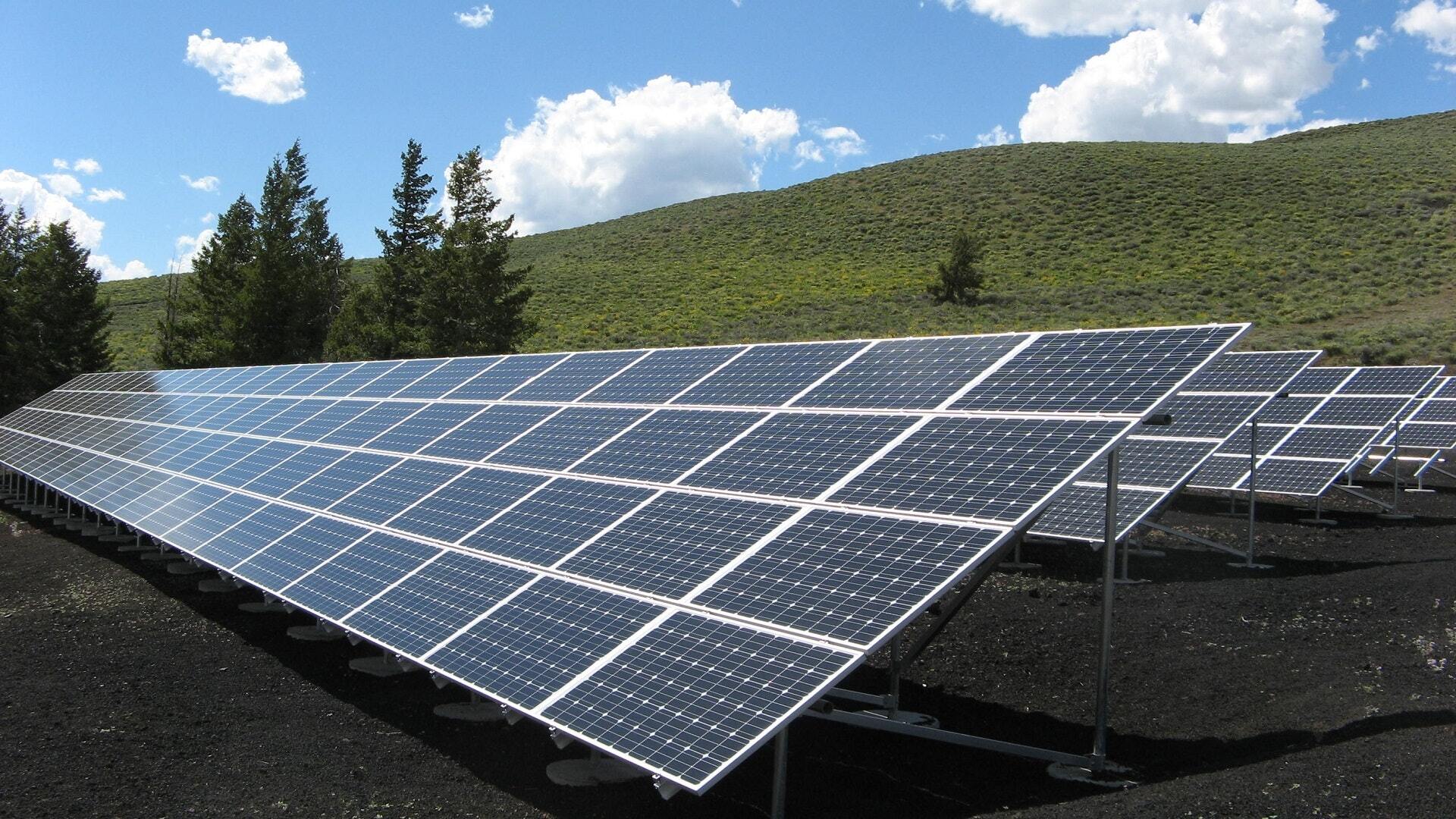Table of Contents
In a world where environmental sustainability is paramount, the way we power our homes is undergoing a transformative shift. Traditional energy sources, such as coal and oil, are not only finite but also detrimental to our planet. As a result, the adoption of alternative energy sources for homes has become a pressing need. In this blog, we will explore a range of alternative energy options that can power your home sustainably while reducing your carbon footprint.
Solar Power
Solar power is perhaps the most well-known alternative energy source for homes. It harnesses the energy from the sun’s rays through photovoltaic panels, converting sunlight into electricity. Solar panels can be installed on rooftops or in open spaces with access to sunlight. Here are some key benefits of solar power:
- Renewable: The sun is an abundant and renewable source of energy, ensuring a constant power supply.
- Environmentally Friendly: Solar power reduces greenhouse gas emissions, making it a clean and green energy option.
- Reduced Electricity Bills: Solar panels can significantly reduce or even eliminate your electricity bills over time.
- Government Incentives: Many governments offer incentives and tax credits to encourage solar panel installation.
Wind Power
Wind power is another renewable energy source that has gained popularity for home use. Wind turbines capture the kinetic energy from the wind and convert it into electricity. Here are some advantages of wind power:
- Sustainability: Wind is a renewable resource that doesn’t deplete with use.
- Low Environmental Impact: Wind turbines produce no greenhouse gases or pollution.
- Energy Independence: Generating your electricity from wind reduces dependence on fossil fuels.
- Remote Locations: Wind turbines can be installed in rural areas with strong winds, making them suitable for off-grid homes.
Geothermal Energy
Geothermal energy taps into the Earth’s natural heat stored beneath the surface. A geothermal heat pump system can heat and cool your home efficiently. Benefits include:
- Highly Efficient: Geothermal systems are more energy-efficient than traditional heating and cooling methods.
- Lower Operating Costs: They can result in substantial savings on heating and cooling bills.
- Environmentally Friendly: Geothermal systems produce minimal emissions.
- Long Lifespan: They have a long lifespan, often exceeding 20 years.
Hydropower
Hydropower harnesses the energy from flowing water, such as rivers or streams, to generate electricity. While it may not be feasible for all homes, those near water sources can benefit from these advantages:
- Clean Energy: Hydropower produces no air pollution or greenhouse gases.
- Reliable: It provides a consistent source of energy as long as water flows.
- Low Operating Costs: Once set up, maintenance costs are relatively low.
- Off-Grid Potential: It can be used in remote areas, providing energy independence.
Biomass Energy
Biomass energy utilizes organic materials like wood, crop waste, and even algae to produce heat and electricity. Biomass has several notable benefits:
- Waste Reduction: It can utilize agricultural and forestry residues, reducing waste.
- Carbon Neutral: Biomass is considered carbon-neutral because it recycles carbon dioxide as plants grow.
- Energy Independence: It can be produced locally, reducing reliance on centralized power plants.
- Versatility: Biomass can be used for heating, electricity generation, and even as biofuels.
Tidal and Wave Energy
For homes near the coast, tidal and wave energy can be harnessed. These technologies capture the energy of ocean tides and waves, offering several advantages:
- Predictable: Tides and waves follow predictable patterns, ensuring a consistent energy source.
- Low Environmental Impact: They have a minimal impact on marine ecosystems compared to fossil fuels.
- Renewable: As long as the Earth has oceans, tidal and wave energy will be available.
Microgrids and Battery Storage
To make the most of alternative energy sources, consider implementing a microgrid system coupled with battery storage. This technology allows you to store excess energy generated during peak production times and use it when needed. Benefits include:
- Energy Independence: Microgrids and batteries provide backup power during grid outages.
- Optimized Energy Use: You can use stored energy during high-demand periods, reducing costs.
- Grid Support: Microgrids can stabilize the main grid by supplying excess power during peak demand.
Conclusion
The transition to alternative energy sources for homes is not only an eco-conscious decision but also a practical one. These options offer numerous benefits, from cost savings to reduced environmental impact. Depending on your location, budget, and energy needs, you can choose the alternative energy source that suits you best. Embracing these technologies can lead to a sustainable and cleaner future for both you and the planet. By harnessing the power of the sun, wind, Earth, and water, we can collectively move toward a greener and more sustainable future for our homes and our world.



